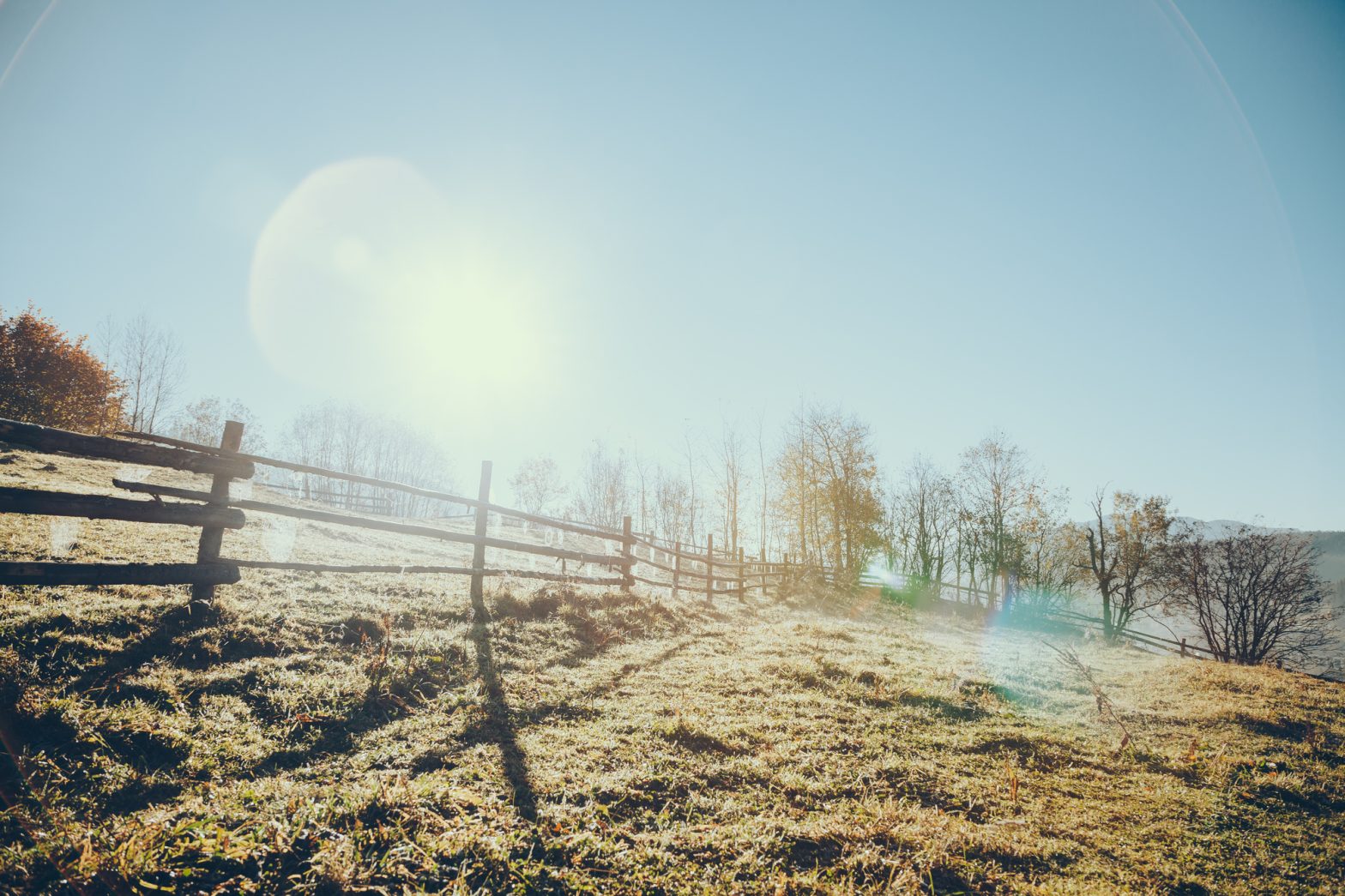
How To Restore Old Lots and Pastures
Homeowners often overlook outdoor areas when considering property restorations. However, real estate agents in Australia estimate that an attractive landscape can increase overall property value by 20%. On the other hand, poor landscaping can reduce the value of your land by up to 30%.
Many properties have unused lots and pastures. Not only are these areas not being used, but they may also contribute to drainage problems, become habitats for unwanted plants and animals, and bring down the property’s value.
Even if you are not planning on selling your property, restoring old lots and pasturelands can reduce the number of problems you have to contend with and help you get full use out of all the assets available on your property.
Here are six steps necessary to fully restore lots and pastures on your property.
Assess the Landscape
The first step is to assess the lot and find issues that you will address during the restoration. Here are some of the standard variables to consider.
• Drainage issues and water retention: In wet climates, you will want to consider drainage problems. In addition to looking for areas with standing water, you can assess the pitch and slope of the land. Are there areas where the water could collect after heavy rains? If there is a drainage system, are there blockages that could cause flooded areas on the land?
• Topography: Topography is the shape of the land. It includes the slope, waterways, and features (trees, rocks, types of soil). Understanding the topography can help you decide on a restoration method and how to utilise the land after it gets restored.
• Features to remove: What features will you need to remove to use the land as you want? This part of the assessment could include deciding to cut down trees, remove or thin brush, or drain areas with standing water. These decisions will help you decide if you need to hire specialists to handle specific tasks that you cannot perform safely.
• Potential dangers: Identify aspects of the work that could prove dangerous. These worries could include potentially harmful animals, waste or abandoned equipment, or unstable ground. You will need to contract professionals or make plans to deal with these hazards.
A proper landscape assessment helps you plan the restoration and define any potential issues before the work starts. You can also define any issues that could cause conflicts with neighbours, such as causing water to drain onto their property or creating dust or debris that could blow into their home.
Improve Soil Quality
Soil quality is often an overlooked factor in landscape restoration. However, it is necessary to ensure the proper growth of desirable plants and grasses. The ground needs to have the correct consistency to filter desirable nutrients, ensure proper drainage, and avoid erosion.
Soil testing involves collecting samples and assessing their qualities and composition. In addition to depth and consistency, the samples will define the ratio of minerals and nutrients as well as the presence of any unwanted chemicals, gasses, or other unwanted substances.
Healthy soil is necessary for the type of growth you need to have a productive pasture or well-landscaped lot that adds value to your property. Once you have the soil test data, you can decide which treatments, fertilisers, or adjustments to make to create the desired environment for growth.
Remove Debris and Invasive Species
Debris and invasive species can interfere with the growth of preferred plants and soil improvements. In some areas, invasive animals, like feral rabbits, goats, rodents, or other non-native species, eat or uproot beneficial foliage before it has a chance to grow.
Meanwhile, invasive plants can change soil composition, choke out other plant life, and use nutrients, water, and other resources before they have a chance to reach the preferred plant life you want to cultivate on the property.
You can take steps to remove plants and block invasive animals. However, professional assistance might be necessary to remove pests and completely eradicate unwanted plants without damaging other foliage.
You will also have to remove debris, such as brush, fallen logs, waste material, and abandoned items. You can use skip bins to contain and separate these unwanted materials.
Plant for Beauty and Functionality
Attractive landscapes can add value to the property. However, you also want to ensure practicality and functionality.
Native trees, flowers, and plants in NSW are ideal for landscape beautification. They thrive naturally with minimal human intervention. In addition to trees like lemon myrtle and blueberry ash, you can control the growth of unwanted shrubs by using groundcover plants like coastal rosemary and fan flowers.
Native plants and flowers are often the most practical choice because they grow naturally in the area and can thrive with minimal care. It is important to be able to maintain the landscape once it gets planted so that the land does not return to its previous state.
Functionality should also play a role in your plant choices. If you have sloping topography and want to stop erosion, ornamental grasses like lomandras and dianellas can enhance the look of a landscape while keeping the soil intact, as well.
You could also opt for edible plants, such as fruit trees, vegetables, or berry bushes. If you aren’t interested in growing food for personal use or sale, at least consider the type of habitat you want to create. You can attract specific wildlife and create ideal conditions for desirable plants by carefully considering the entire ecosystem and choosing plant life that helps create such a system.
Consider Erosion Control Strategies
Erosion can wash away healthy soil, counteracting your efforts to create the desired ecosystem on your land. Erosion usually occurs when runoff removes topsoil as it drains from the area. It also washes away vital nutrients, making it harder for plant life to grow.
Erosion is more evident on bare ground where there are no plants in place. Plant life gives the ground structure and combats erosion. If the soil is covered by mature plants, they soak up water, and their roots hold the ground in place so it doesn’t move during rain or windy conditions.
In general, groundcover plants are best for reducing erosion. In steeply sloped areas, you may consider more aggressive erosion control. These efforts could involve creating barriers, directing runoff to areas with gravel or rocks, or using landscape terracing to minimise the downward flow of runoff.
Using Skip Bins To Dispose of Waste
Don’t overlook the practical aspects of your restoration project. You should ensure you have the right tools, equipment, and expertise to handle every step of the restoration. With proper planning and foresight, you can avoid having to stop work while you find a professional to perform specific tasks, source necessary equipment, or dispose of excessive amounts of waste.
For example, skip bins streamline the process of sorting and disposing of waste removed from the pasture or lot. It is essential to select the skip bin size necessary for the amount of waste produced by your clearing and landscaping activities. Also, you should ensure your skips are secure so that neighbours or passers-by don’t use them for their own waste.
If you account for all aspects of the project, from runoff to waste collection to planting and soil quality, your unused lot or pastureland will add value and usefulness to your property.






